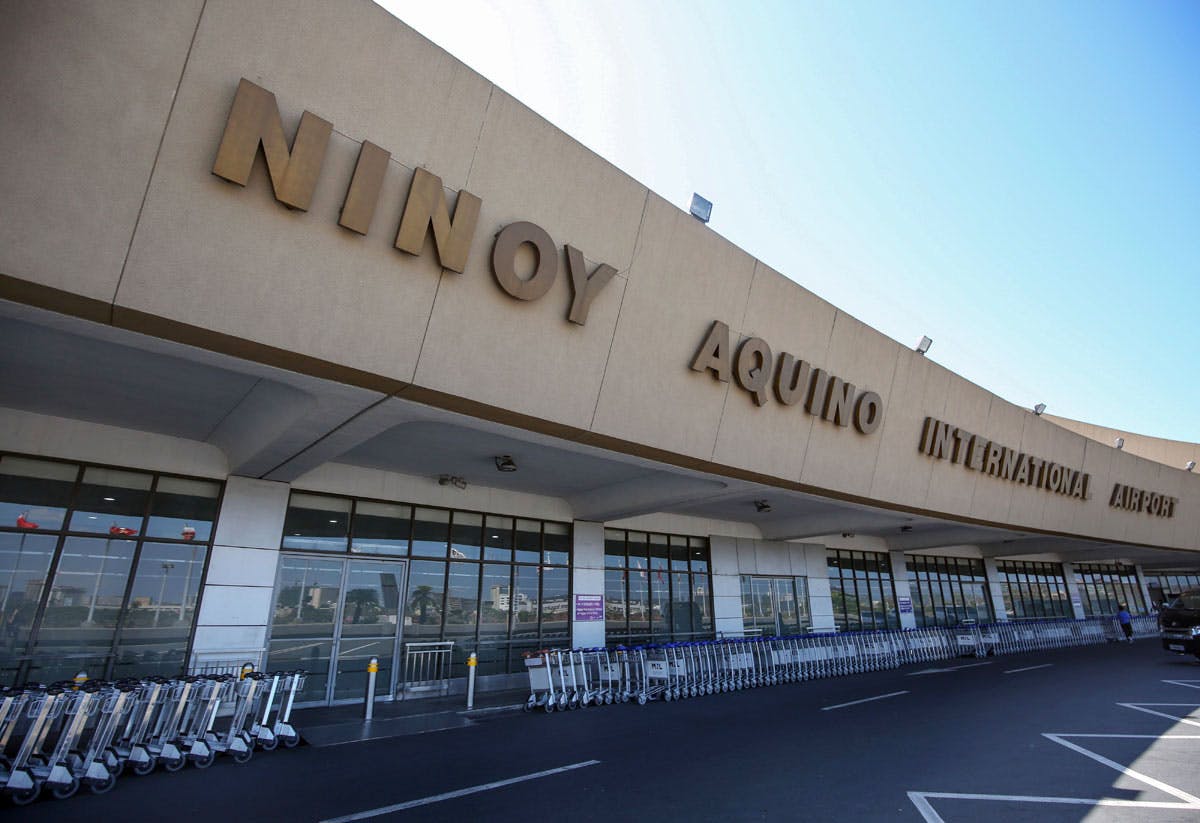The winning bidder for the project will be given a concession period of 15 years, extendable by 10 years, to operate and maintain Ninoy Aquino International Airport and expand its passenger capacity to 62 million yearly, from 32 million at present

The Department of Transportation (DOTr) has received four proposals for the P170.6-billion privatization of the Ninoy Aquino International Airport (NAIA).
Bidders Manila International Airport Consortium (MIAC), Asian Airport Consortium, GMR Airports Consortium and San Miguel Corp. (SMC) SAP & Co. Consortium are affiliated with some of the most prominent conglomerates in the country.
MIAC is composed of Aboitiz InfraCapital, AC Infrastructure Holdings Corp., Alliance Global’s Infracorp Development Inc., Asia’s Emerging Dragon Corp., Filinvest Development Corp. and JG Summit Infrastructure Holdings Corp.
The group has tapped the services of US-based funder Global Infrastructure Partners.
Earlier this year, MIAC filed a P267-billion proposal to upgrade NAIA. The DOTr, however, rejected the tender in favor of a solicited process.
Asian Airport Consortium is made up of Asian Infrastructure Airport Corp., Cosco Capital Inc. of Lucio Co, Philippine Skylanders International Inc. and PT Angkasa Pura.
It would be Cosco Capital’s first shot at the aviation business, as the Co company’s interests are mainly in liquor, property and retail.
Philippine Skylanders operates a logistics business close to NAIA, while Angkasa Pura manages a portfolio of 15 airports across Indonesia.
Meanwhile, Indian multinational GMR Group leads the GMR Airports Consortium and would be helped by Cavitex Holdings Inc. and House of Investments Inc. in pushing for its proposal.
GMR had worked with infrastructure giant Megawide Construction Corp. in designing and developing the Mactan-Cebu International Airport.
Both Cavitex Holdings and House of Investments are involved in the $11-billion construction of the Sangley Point International Airport in Cavite.
The SPIA is designed to play a crucial role in the government’s strategy to host multiple gateways within and around Metro Manila.
SMC heads the fourth and final consortium vying for the deal to operate and maintain NAIA.
In 2020, SMC expressed interest in rehabilitating and upgrading the Manila airport, as the Philippines awaits the completion of another airport in Bulacan.
San Miguel Aerocity Inc., a subsidiary of San Miguel Holdings Corp., is investing P735.6 billion to build the New Manila International Airport in Bulacan, set to become the biggest gate-way in the country.
The DOTr had expected at least eight participants in the NAIA bidding. The department had also sold bidding documents to Spark 888 Management, Cengiz Insaat Sanayi ve Ticaret A.S., Incheon International Airport Corp. and the Limak Insaat Sanayi ve Ticaret A.S.
Transaction advisor Asian Development Bank had recommended to the DOTr that the Dec. 27 deadline for the submission of bids be extended. The ADB noted that foreign participants might not be able to submit their bids if the original cutoff – which is in the middle of a holiday break – is maintained.
Infrawatch PH convenor Terry Ridon said the DOTr should be transparent in its evaluation of the bids for the NAIA privatization.
“More importantly, the government should make sure that the winning bidder provides the most reasonable rates for the airport’s end users,” Ridon said.
The winning bidder for the project will be given a concession period of 15 years, extendable by 10 years, to operate and maintain NAIA and to expand its passenger capacity to 62 million per annum, from 32 million at present.
